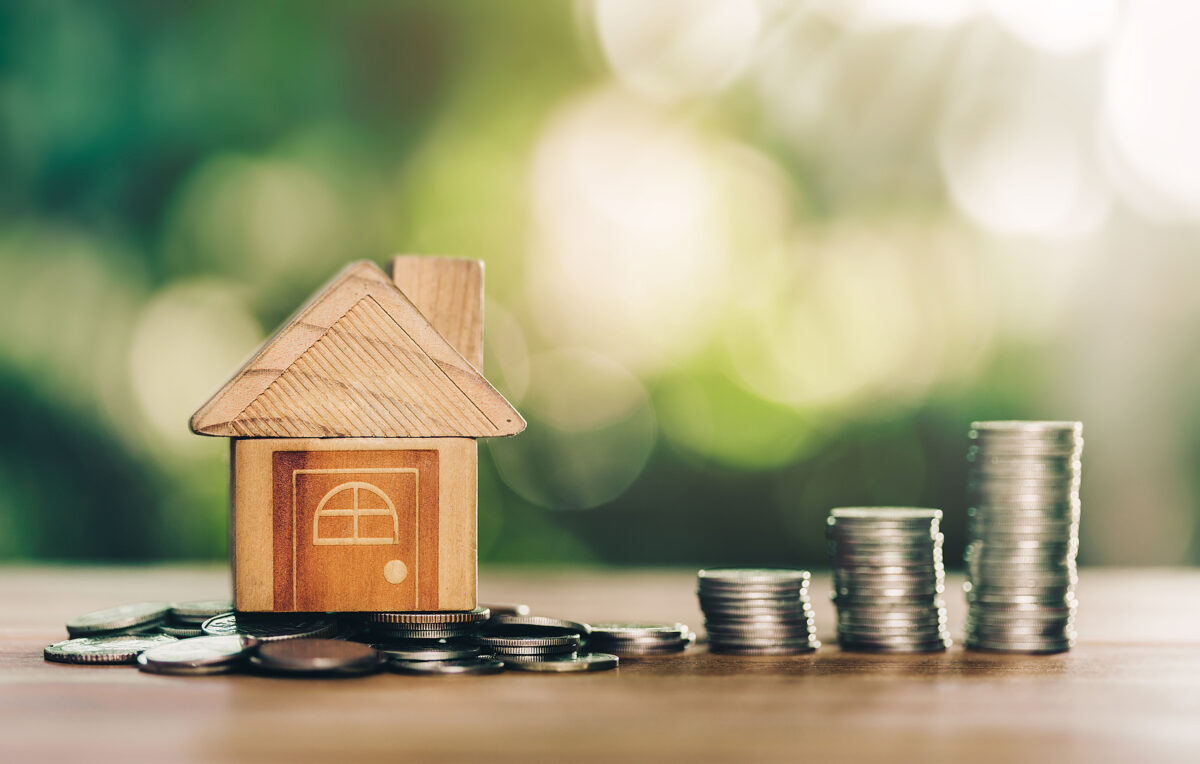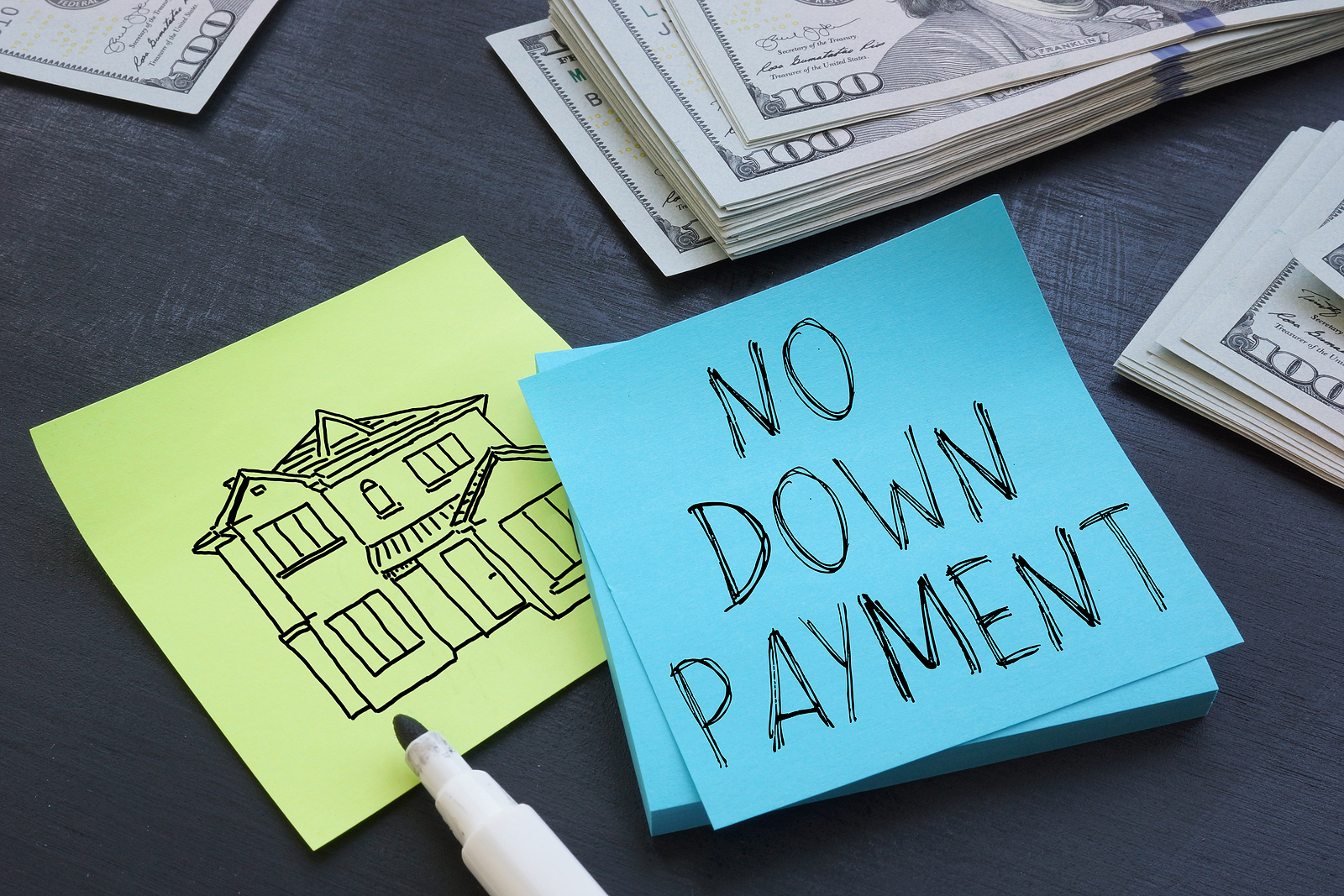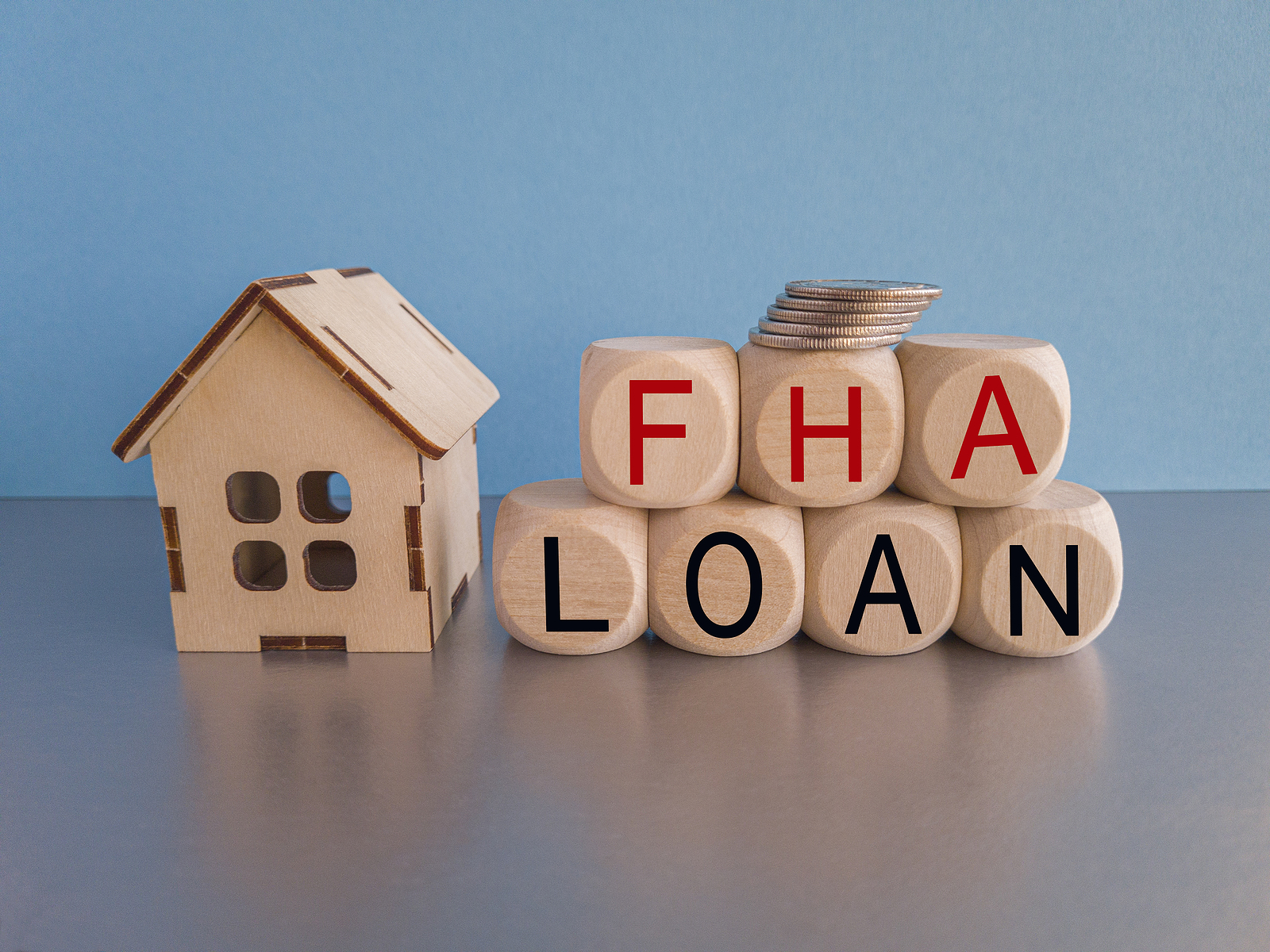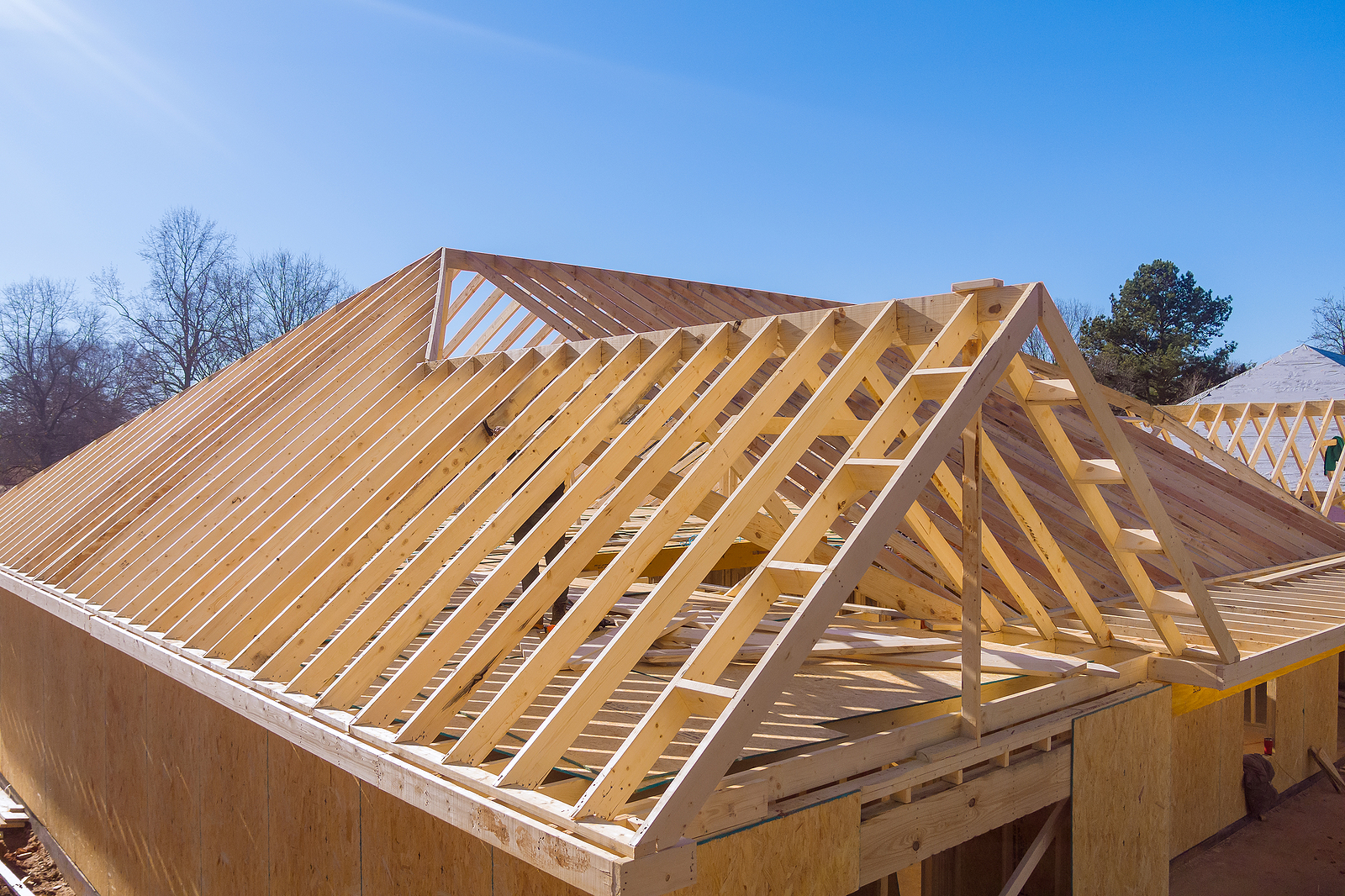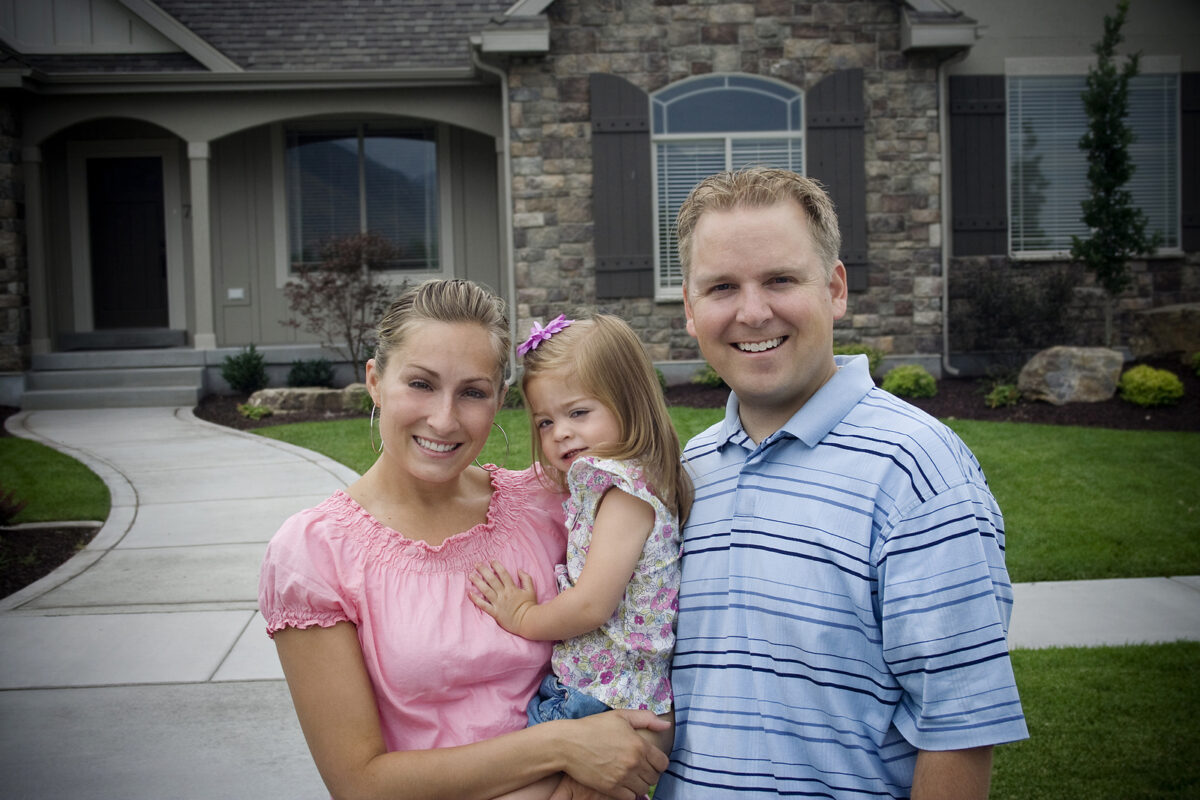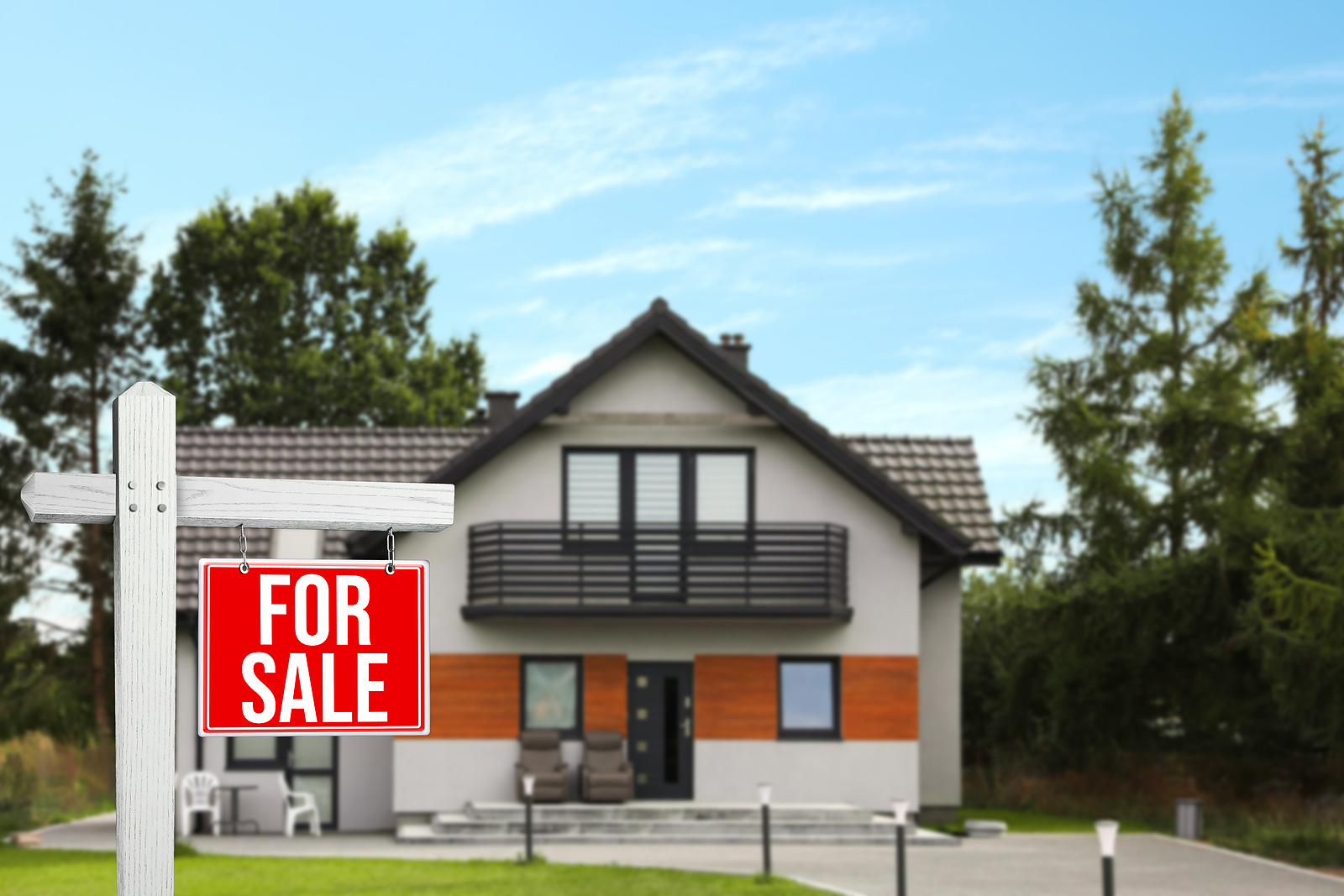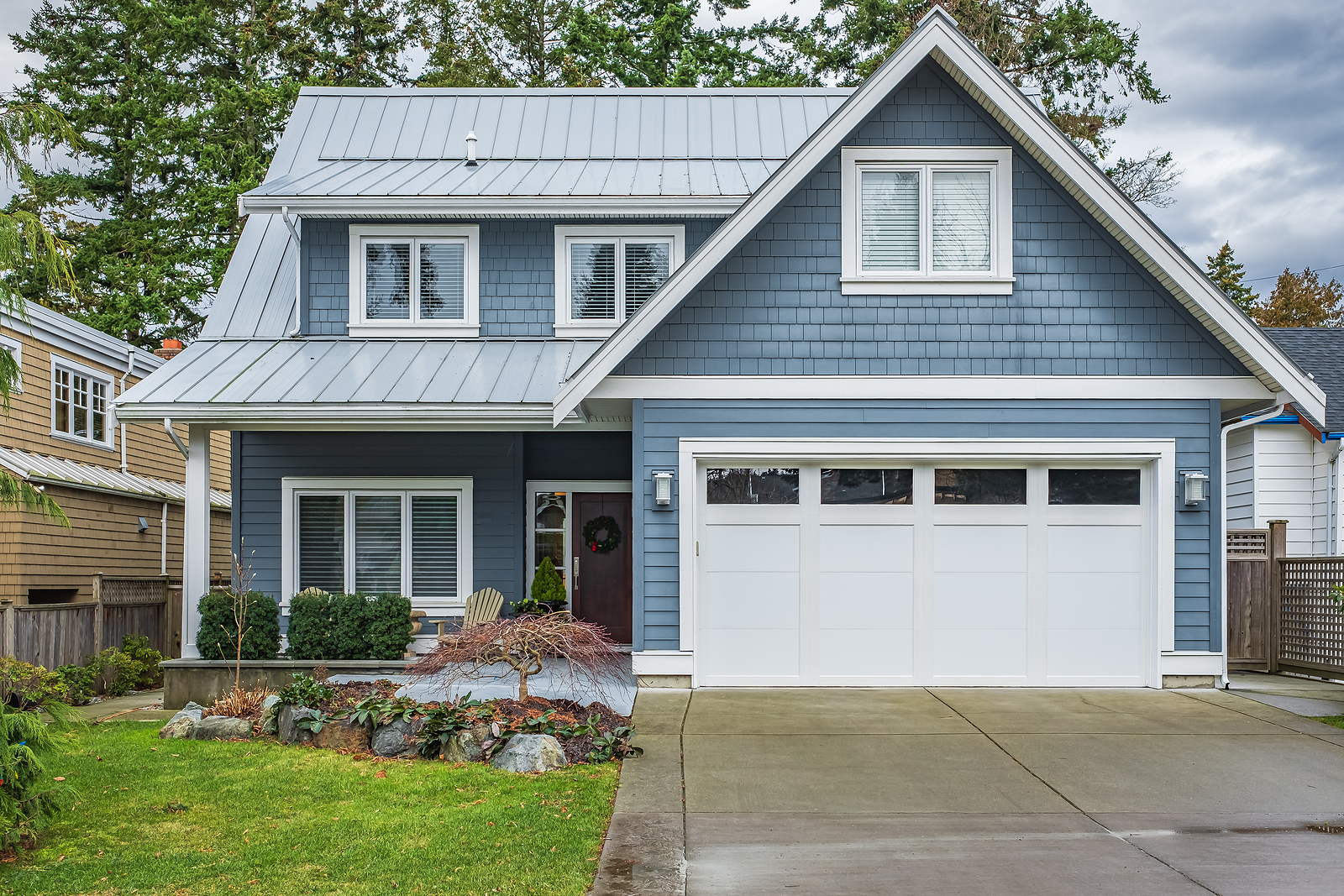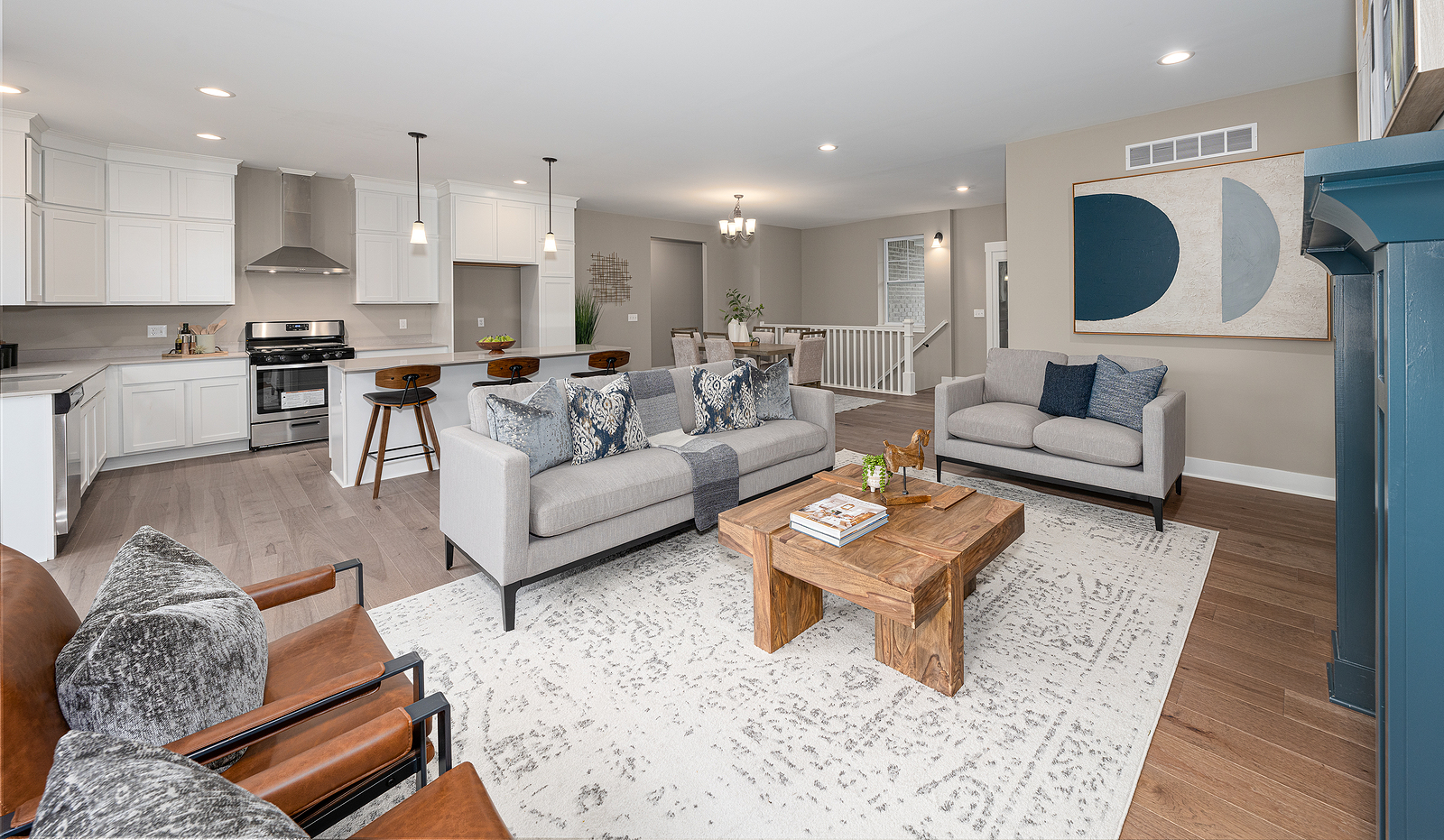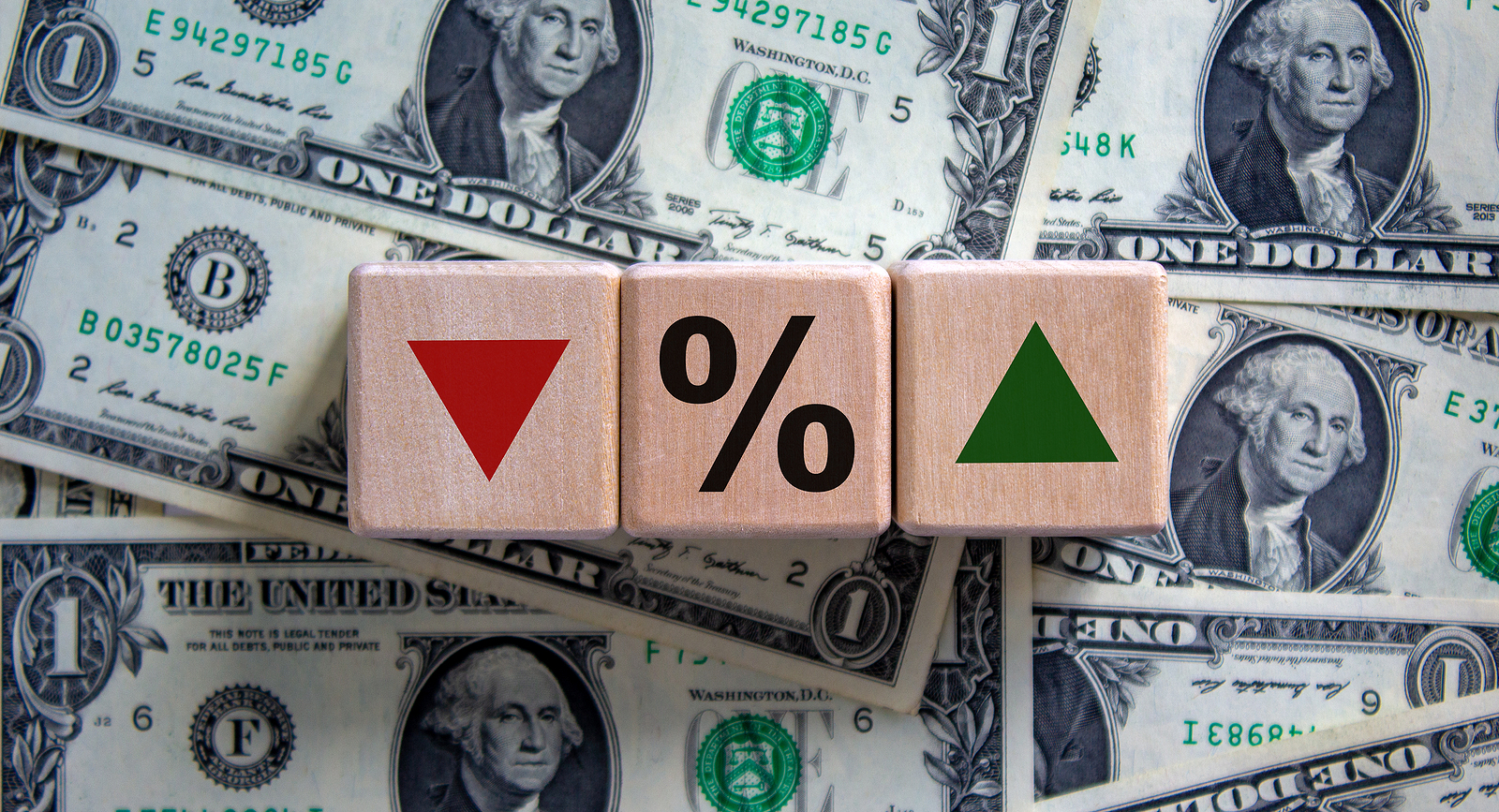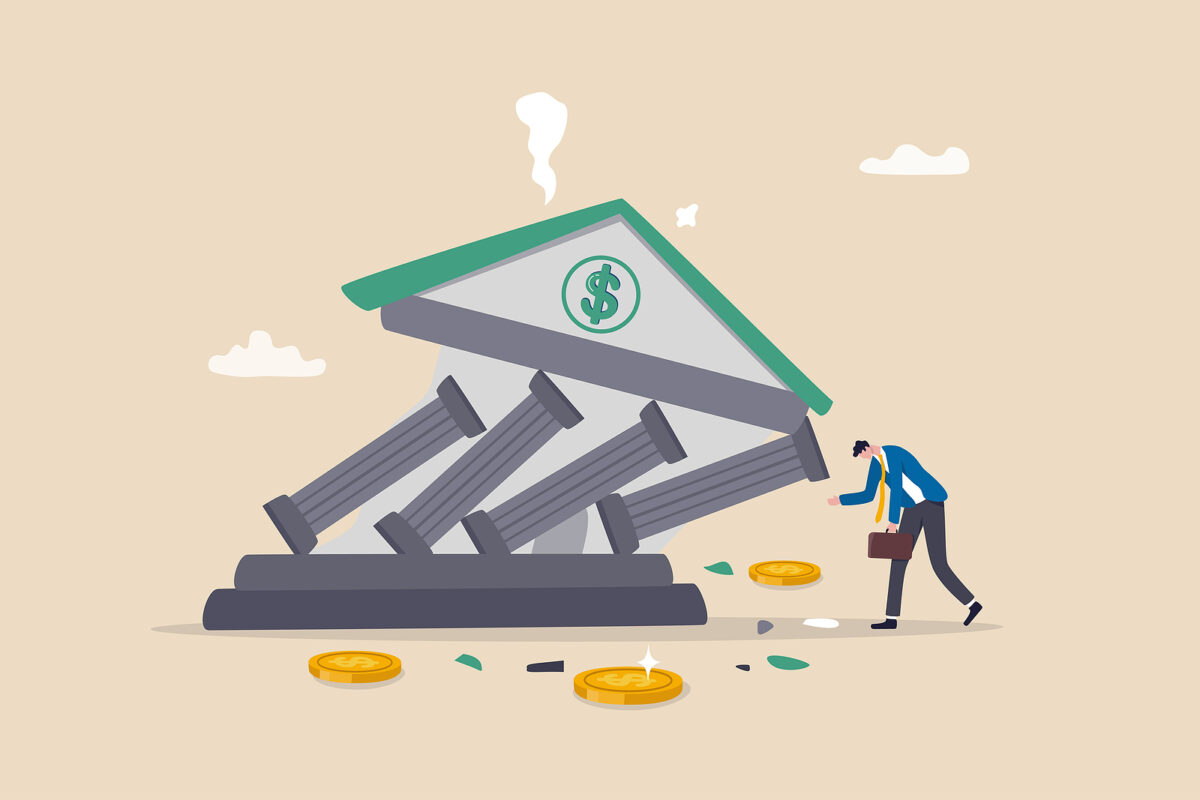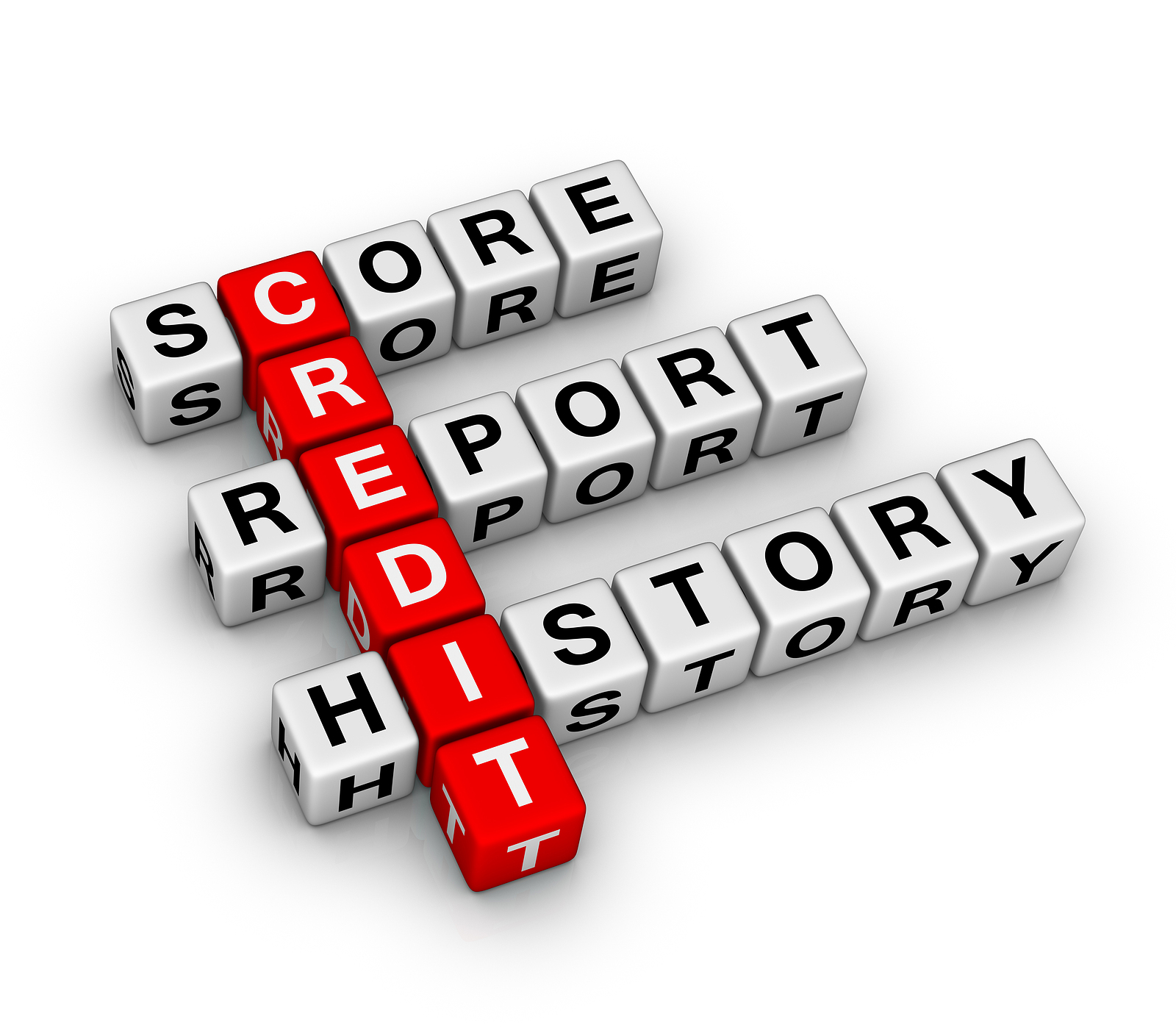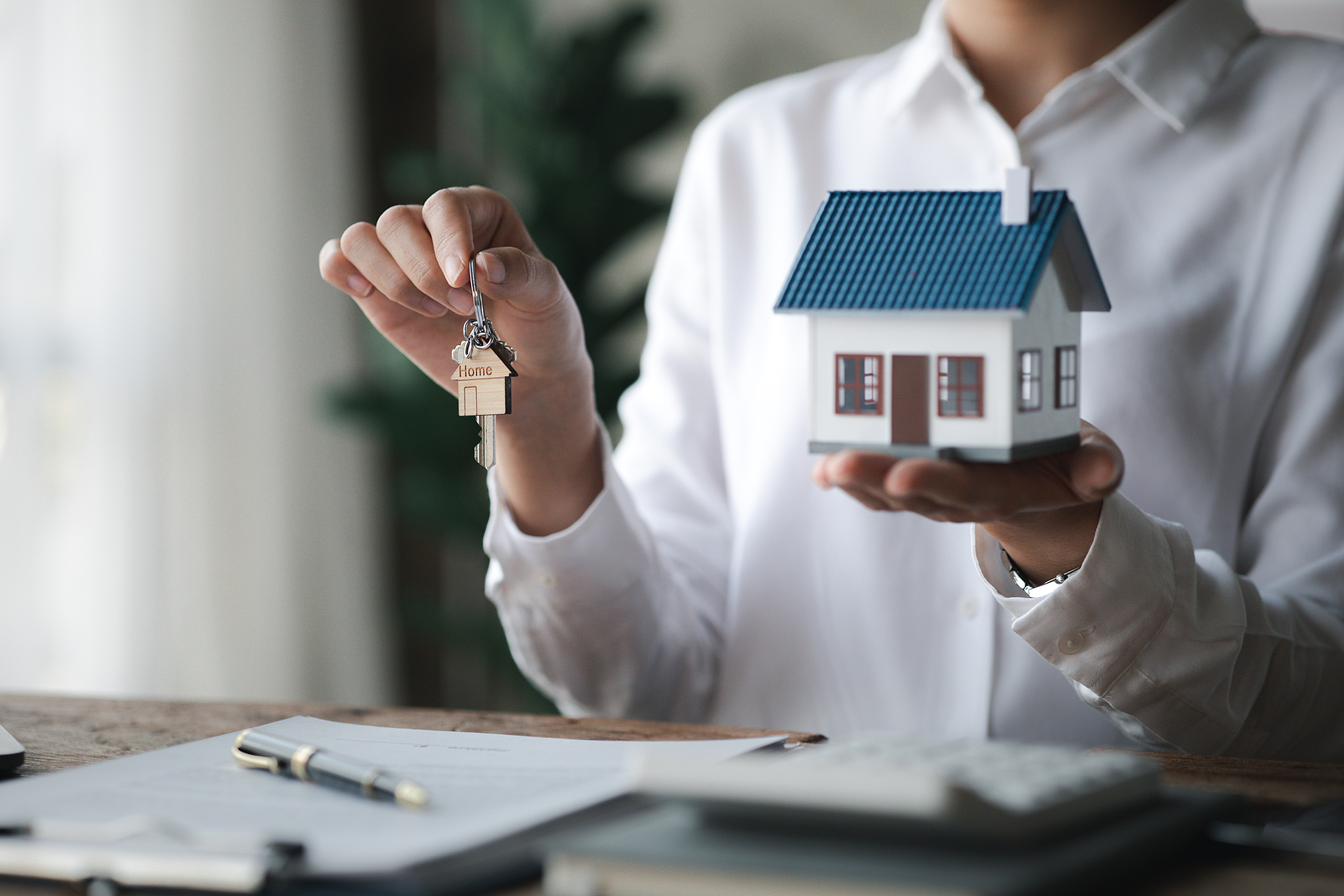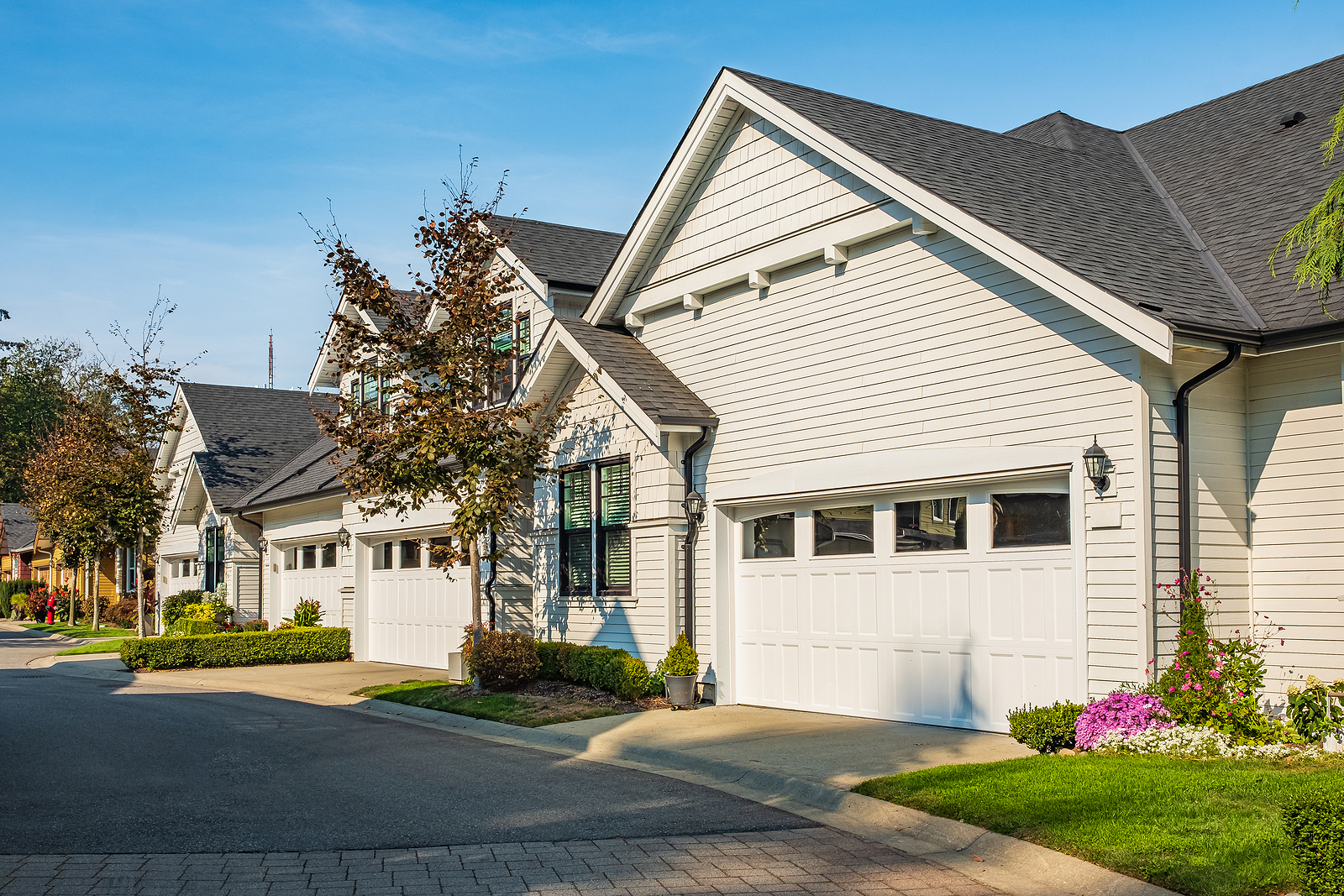Quick! Imagine for a moment what your life looked like a decade ago compared to today. Big difference, right? Maybe you were in another line of work or perhaps a different job, kids were born or moved out of the house. The neighborhood may have changed as well.
Remember, as you shop for your first home, your life today may look completely different ten years from now. Therefore, if you’re on a tight budget like so many first-time homebuyers, it’s important to understand that this first home is just a starter home and the dream, forever home will happen down the line.
When you approach hunting for your first home from this perspective, it becomes far less stressful.
What is a starter home?
- A starter home typically offers two bedrooms. Sometimes you’ll find a three-bedroom starter, with a small square footage.
- They are often located in older neighborhoods or, perhaps less-desirable parts of town.
- They may be lacking in the amenities offered by larger homes.

Benefits of a starter home
Let’s take a look at just some of the benefits of purchasing a starter home:
- If your goal is to buy a starter home, you’ll spend less time saving for the down payment, allowing you to buy a home sooner.
- You’ll build equity faster in a starter home
- When you go to sell the home, you will find that starter homes are in greater demand, typically than larger homes.
- Small starter homes are cheaper to maintain.
- Starter homes are cheaper to heat and cool (provided they’re efficient).
- Your property tax bill will be lower for a starter home.

Yes, there are disadvantages
- Starter homes may feel a wee bit tight for couples just starting or adding to a family.
- While renovating is always a possibility (if you have enough property), because it’s a starter home you may not live there long enough to recoup the construction costs.
Additional considerations
If you shop for this first home as an investor would, by looking for the cheapest home in the best neighborhood you can afford and, hopefully, near quality schools, you’ll be shopping wisely. Then, when it comes time to sell, this starter home will help pay for the forever, dream home.
After working with homebuyers for as long as I have, I think that it’s only natural for the first-timer to have delusions of grandeur. Going from tenant to homeowner brings lofty ideas, aside from the normal “I get to paint the walls whatever color I want,” and “We can finally get the kids a dog.”
Most first-time buyers initially assume they’ll get far more home for the money they have to spend, skipping from the starter home step right on into the forever home. Once you get used to the idea that you’ll need to work your way up to that larger, grander home you can relax into the house-hunting process.
You may even want to consider purchasing a fixer-upper. These homes typically offer the buyer the opportunity to get closer to their dream home quicker by not only allowing you to customize the home to your tastes but also with a more rapid build-up of equity.
FHA offers a loan program (FHA 203k) that rolls the cost of the rehab of the home into the mortgage so you’ll have only one payment every month. Let us know if you’d like to know more about this program and we’ll put you in touch with a lender who can explain its benefits in detail.
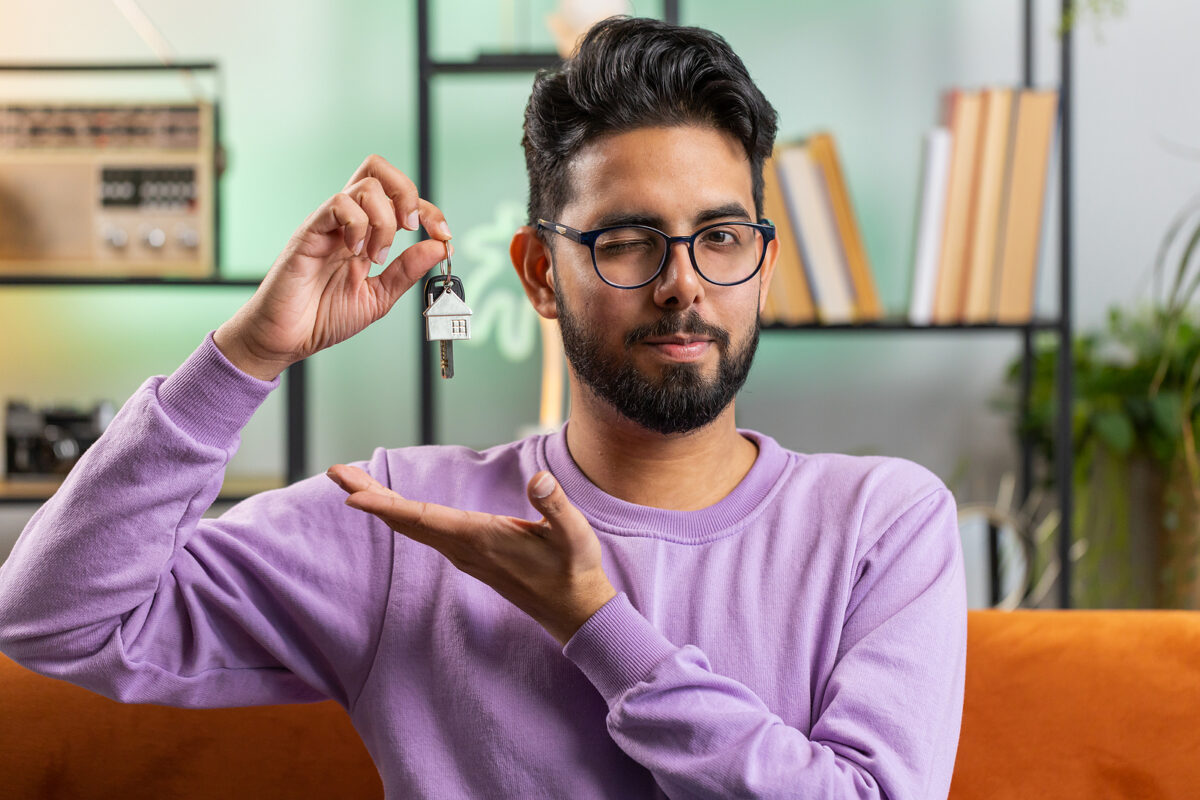

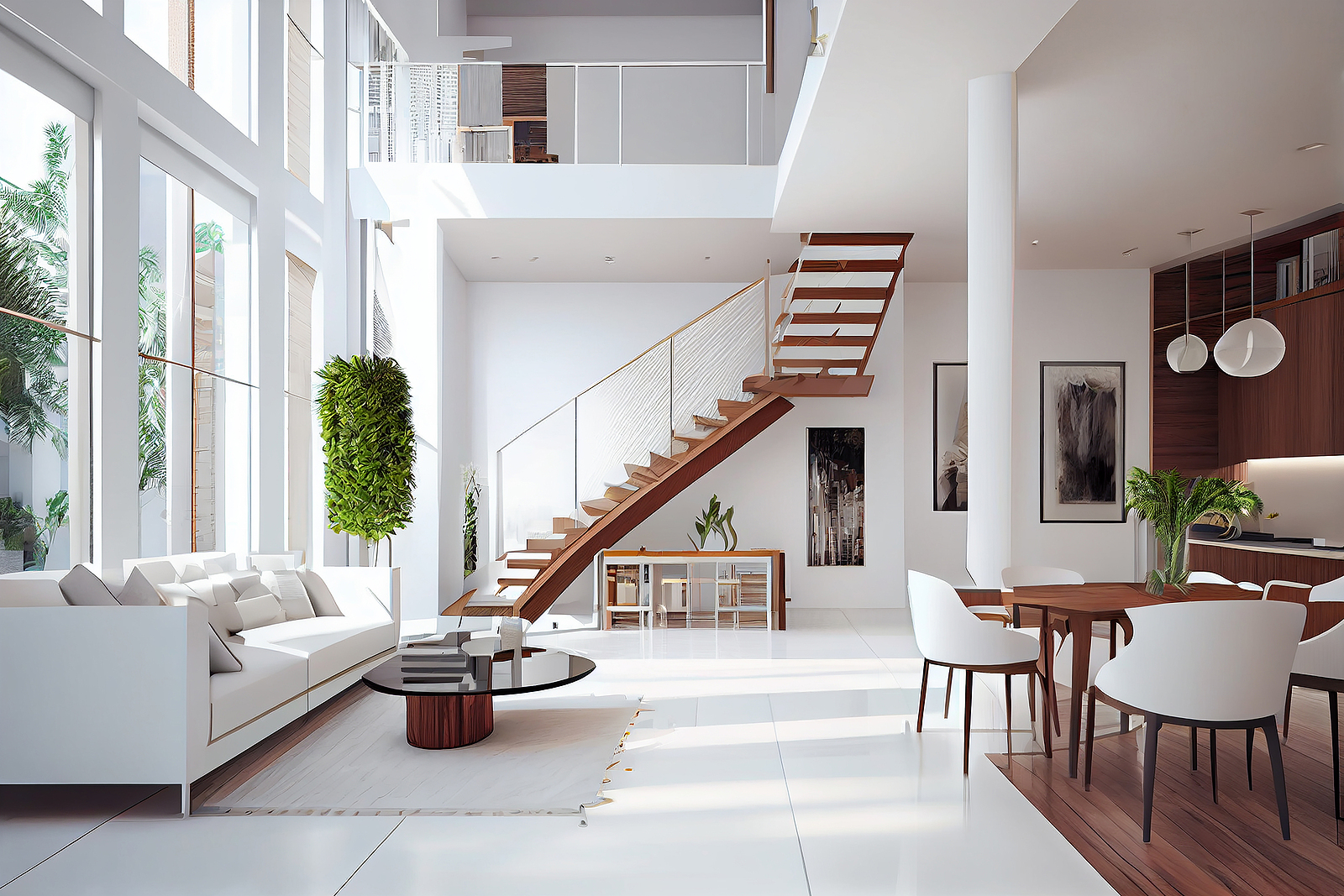
 Your agent is the best person to consult about your home’s presentation.
Your agent is the best person to consult about your home’s presentation.